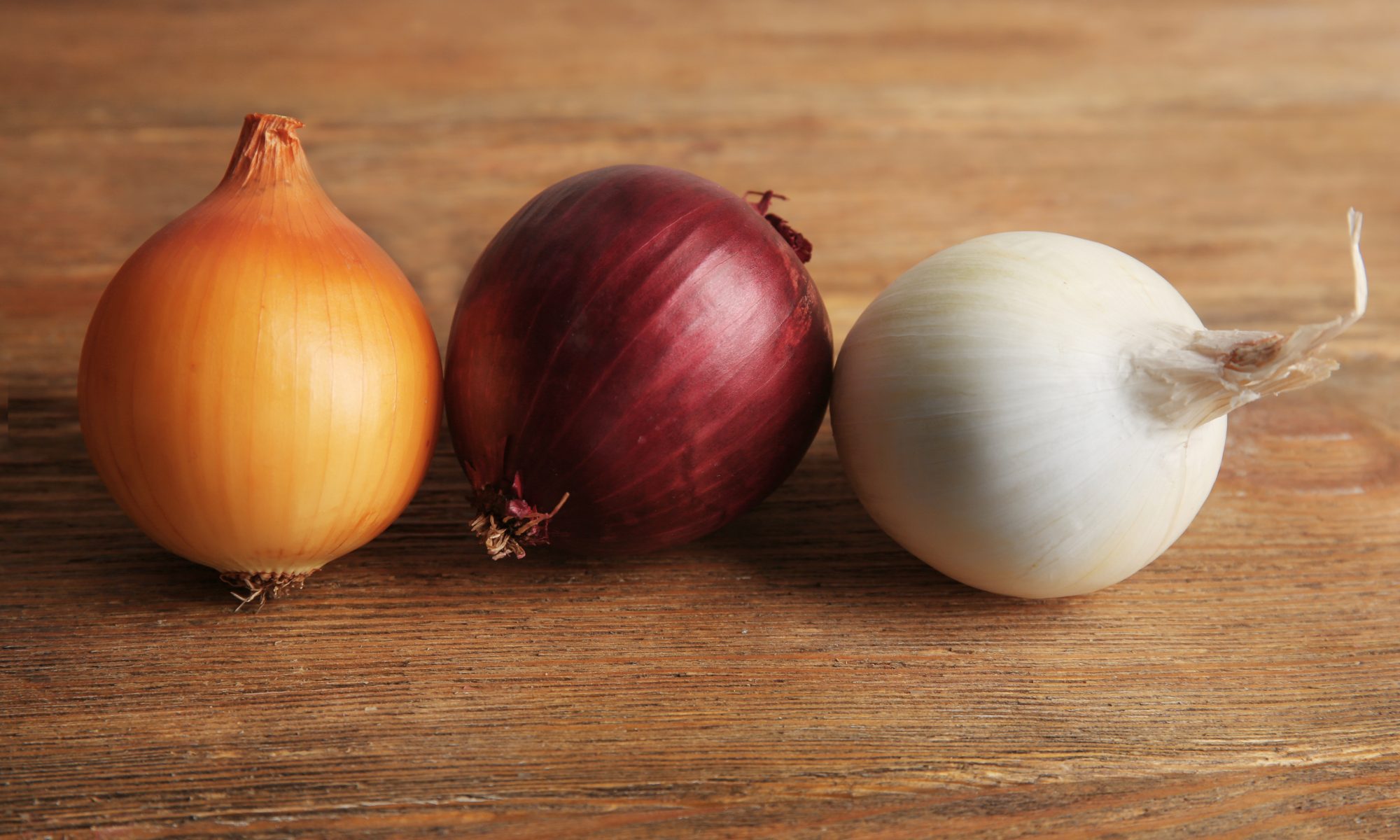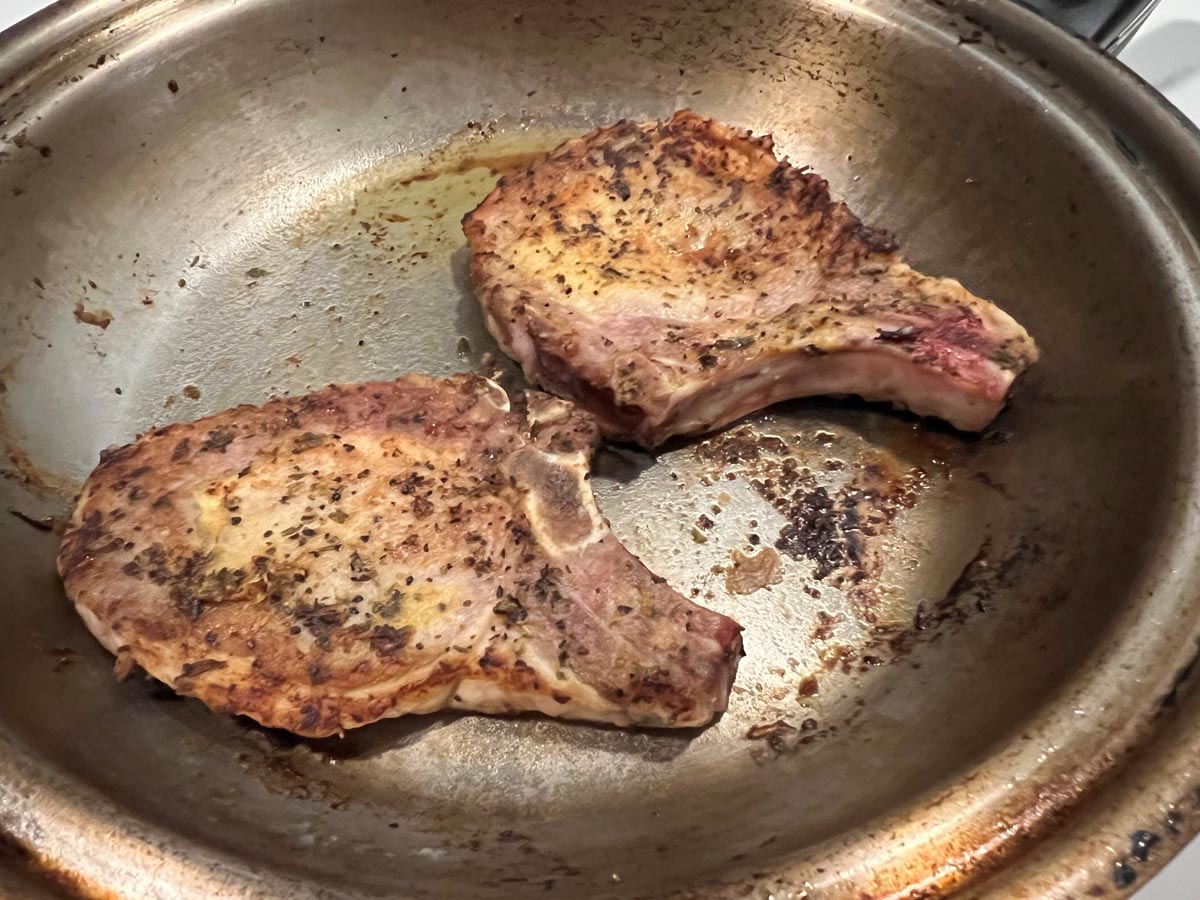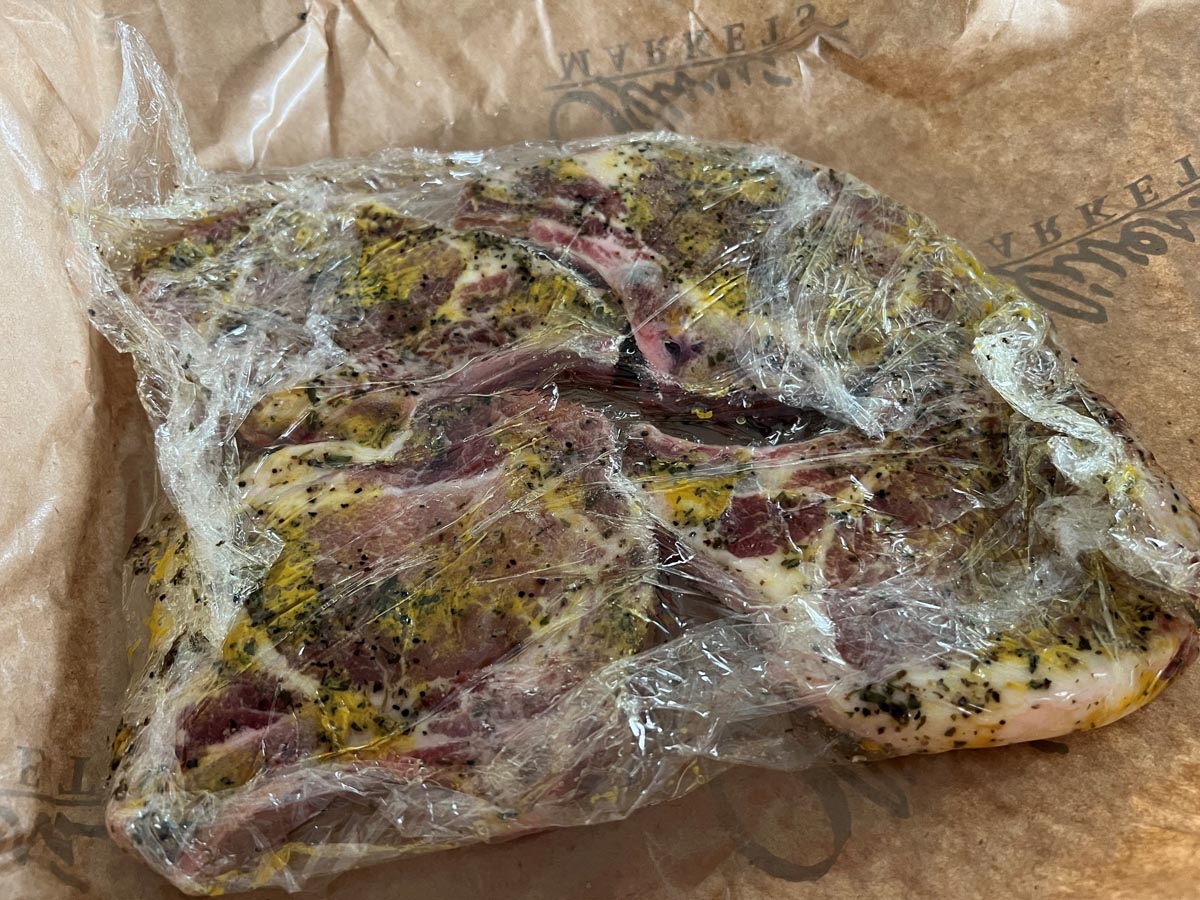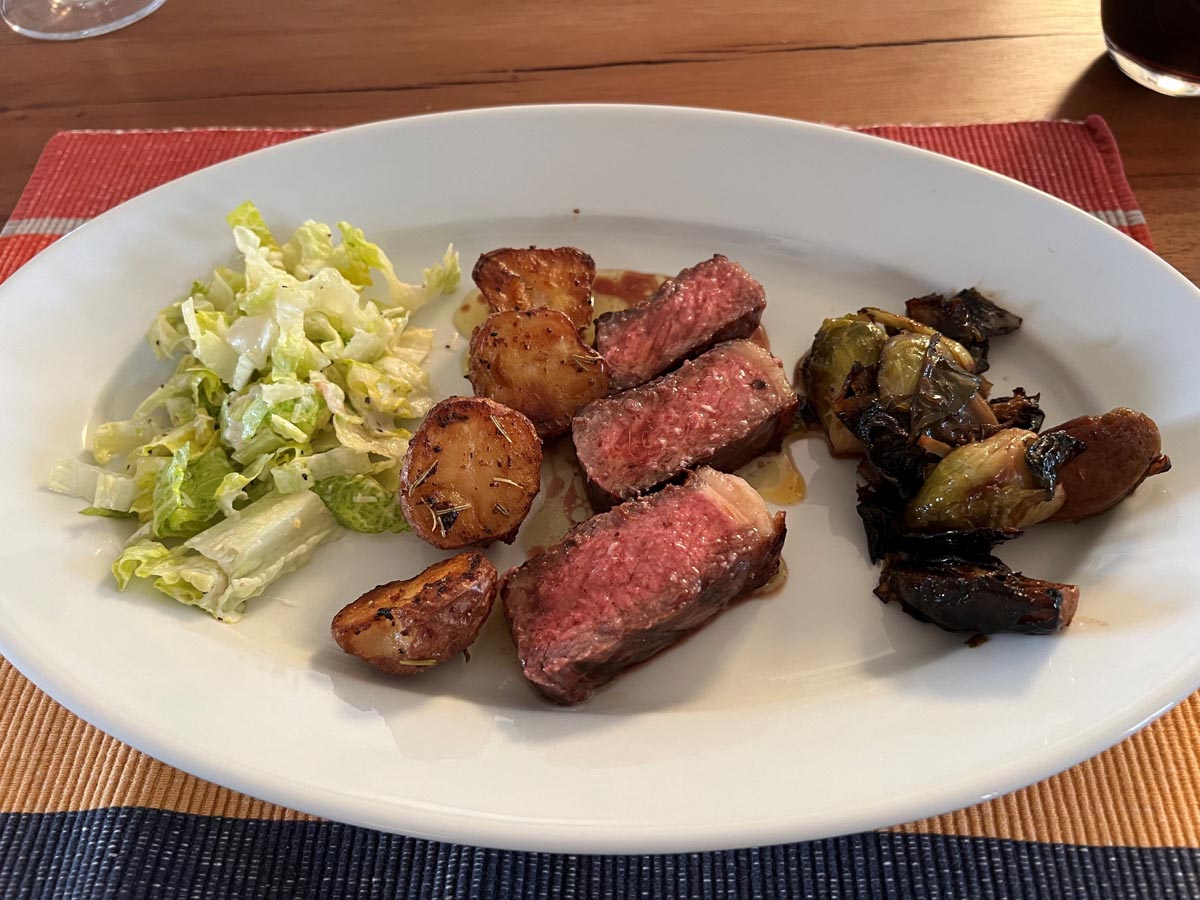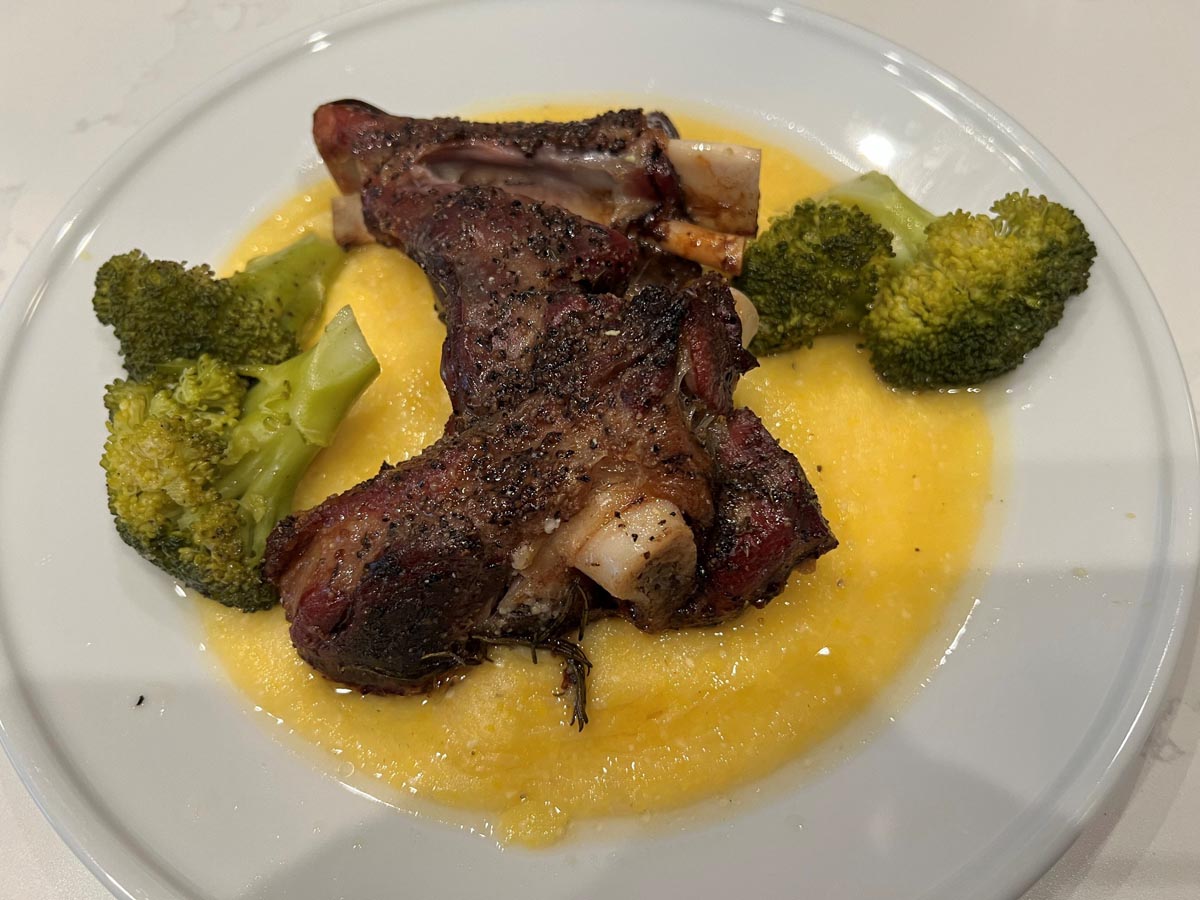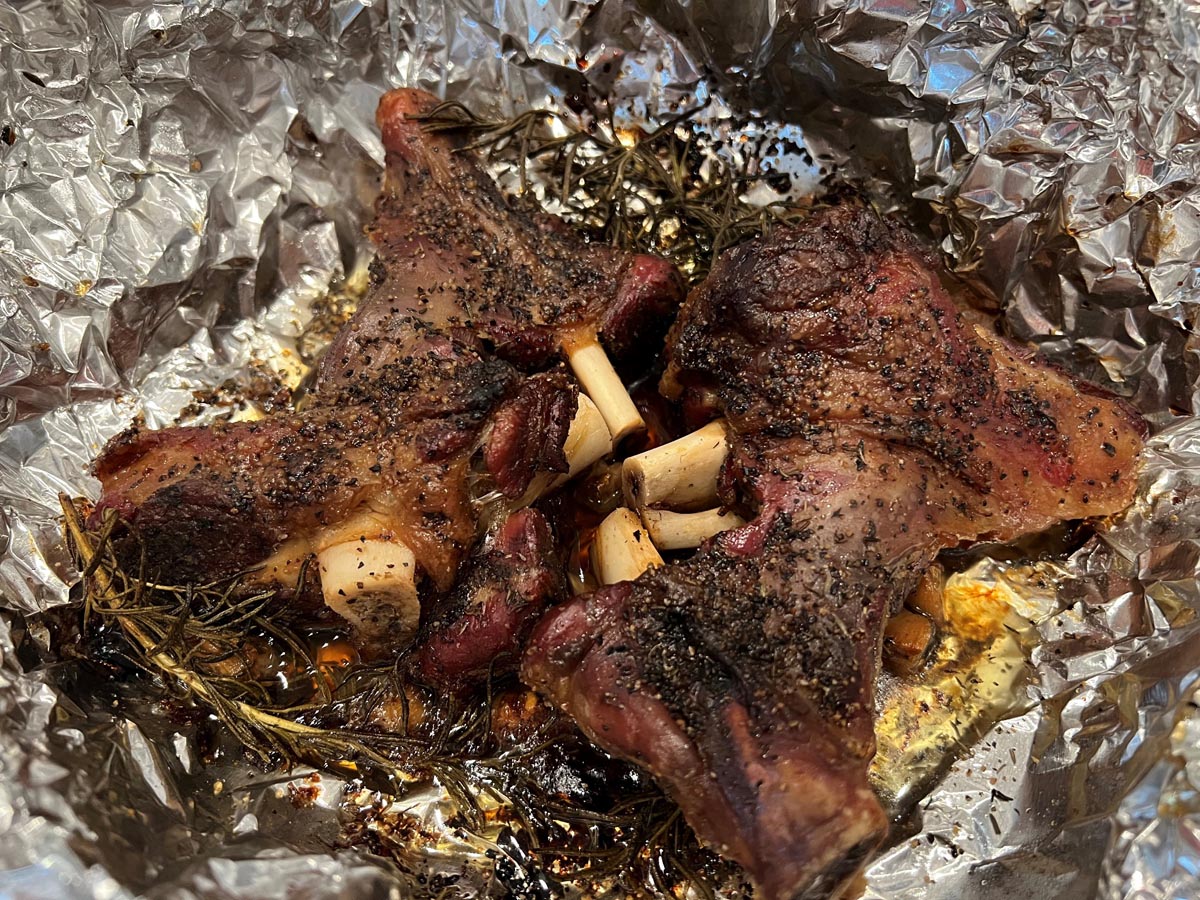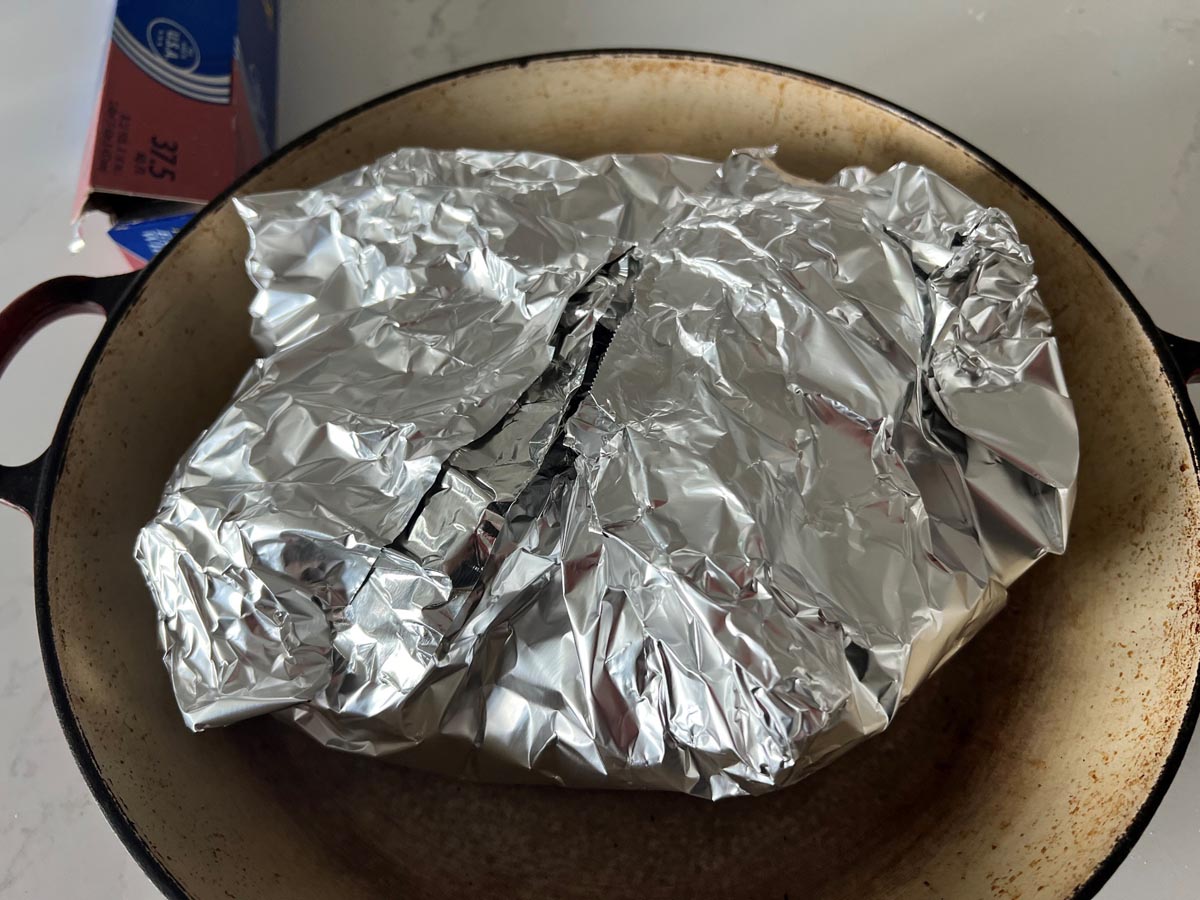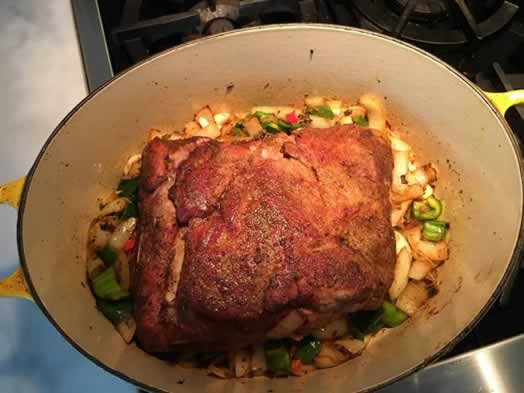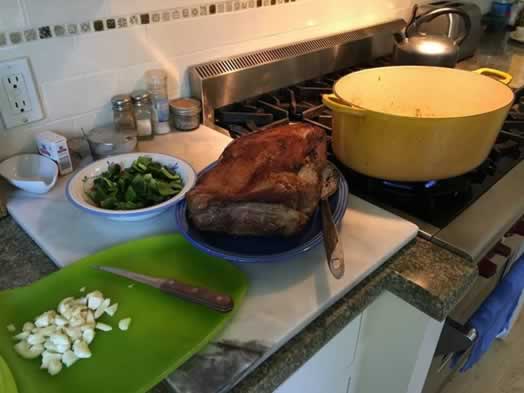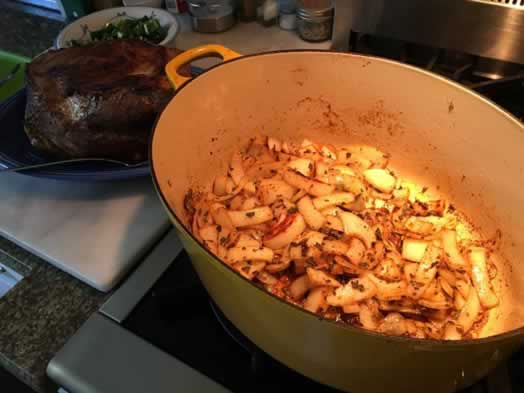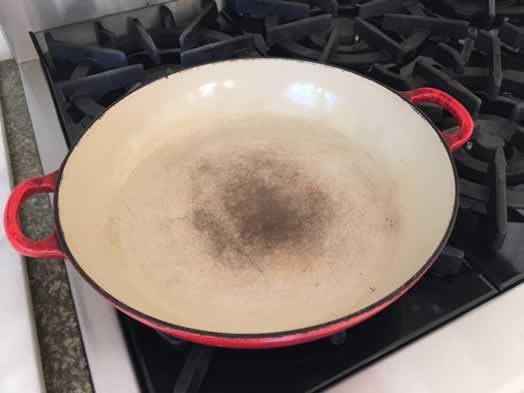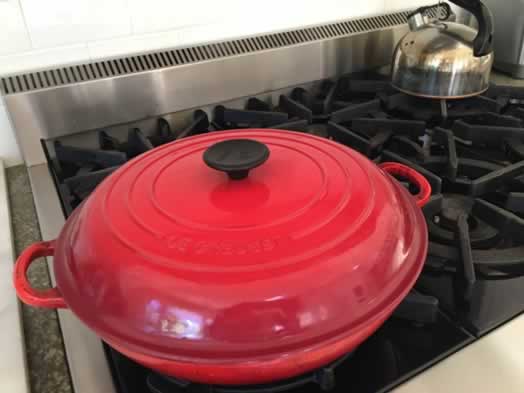Here’s a great side dish with bling: roasted cauliflower and rice, finished with lemon juice, capers and a light amount of cheese. If you love lamb chops, that’s your protein. If you prefer pork chops, that’s your meal.
I’ve named this dish ‘Summer Cruise’ for two reasons. I will serve it in a ceramic boat—plus, it will feature bright flavorings that my active imagination believes would pair well with salty, sea breezes, as if you are on a small cruise ship or sailboat among friends, somewhere in the Caribbean or perhaps French Polynesia, where the famous, Post-Impressionist painter, Paul Gauguin, spent a significant part of his life. If you are reading this Mr. Vernon Minor, my Humanities Art 101 teacher in Boulder, I hope this brings a smile. I have not forgotton! In truth, part of my memory of Ganguin is because a very influential book I read, also during my youth, is largely set in Tahiti (also in French Polynesia), The Moon and Sixpence, by Somerset Maugham. I absolutely loved Maugham’s written command of English. His subject matter only enhanced the book’s appeal to me, a fanciful young traveler and adventure seeker, as Maugham traveled to Tahiti in 1917 for research, noting the blend of English, American and French influences.
For cooking:
Break up or cut a whole head of cauliflower. In a mixing bowl, place the cauliflower then sprinkle with olive oil, salt, pepper, tumerick, sliced red onion, and toss around that place into a baking dish.
Bake at 425 for 35 minutes until golden brown. Remove.

Add the rice, bake in oven another 10 minutes or so until some of the rice starts to crisp up. Before adding the rice, I removed the burnt red onion but left the pieces that were not too charred.

Once the veggie and rice is out of the oven, spoon in a small amount of RINSED capers, and squeeze half a lemon all over the dish.
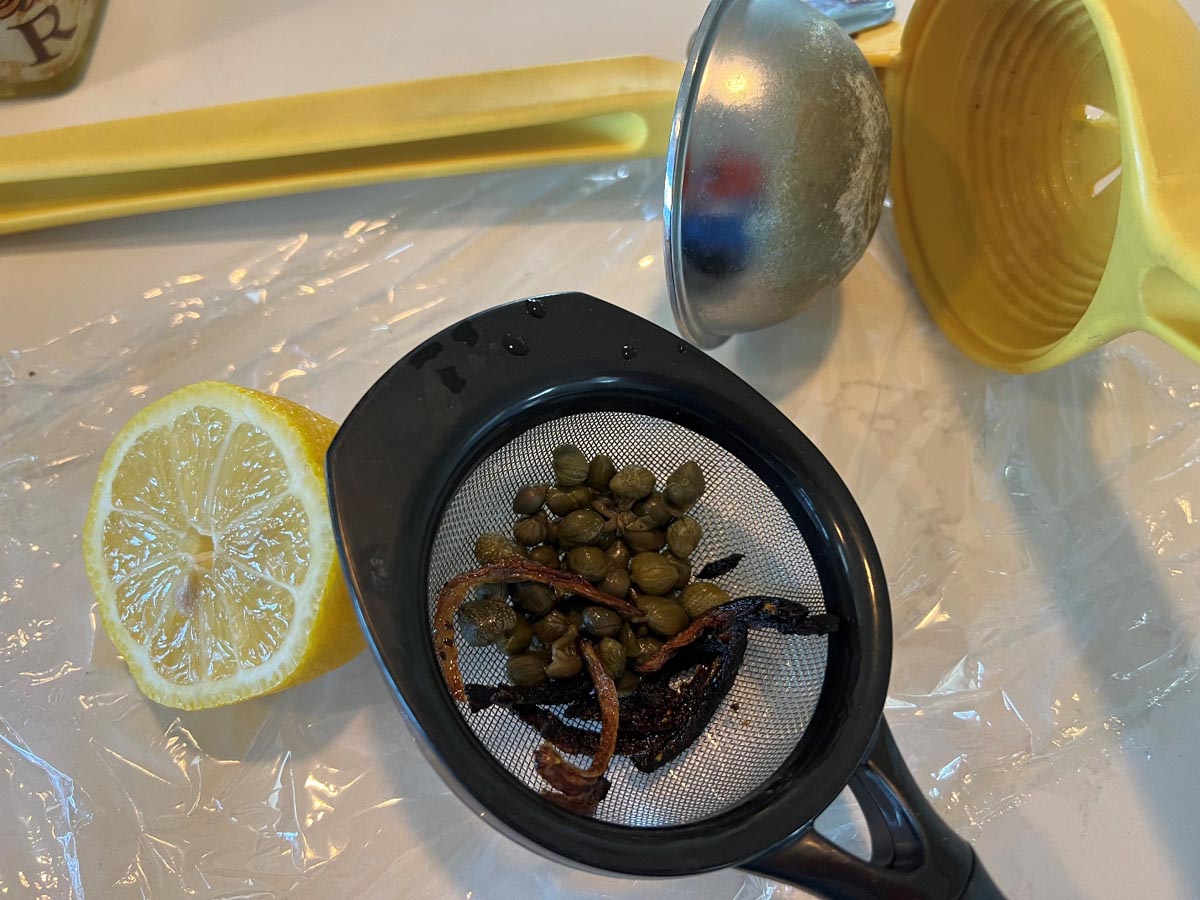
Then top the dish with finely shredded parmesan and roughly shredded mozarella. Not too much, as this isn’t a cheese dish (but everything goes better with some melted cheese).
Please in ‘boats’ that were greased on the bottom, first, with peanut oil (for ease of cleaning).
To reheat before serving, I just use the microwave.
For wine, we drank a 2022 Full Boar Red from Eberle, which is Paso Robles based. For more on the winery founder, see the April 2024 post in www.blisteredonions.com.
This Full Boar Red is a new staple in my cellar. Sooooooooooooo drinkable, yet full bodied, and so affordable! At under $35, it’s a bargain. Here’s how Eberle describes it.
Full Boar Red is a Grenache blend that harmonizes the luscious flavors of black cherry cola and blackberry with the velvety embrace of cocoa powder. Let the alluring undertones of sweet leafy tobacco and exotic hint of cardamom transport you to a place of sensory bliss. This wine promises a symphony of flavors that dance across the palate, weaving a tapestry of complexity and indulgence.
Wine Specs: Varietal 42% Grenache, 25% Barbera,18% Petite Sirah, 15% Zinfandel
